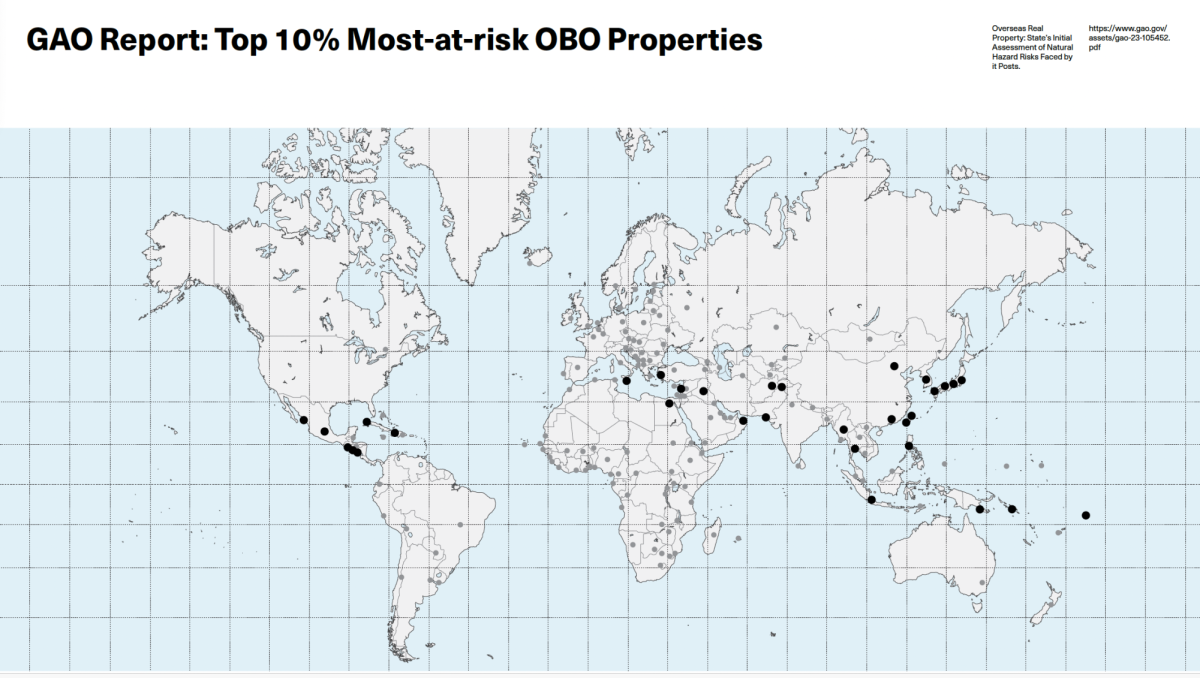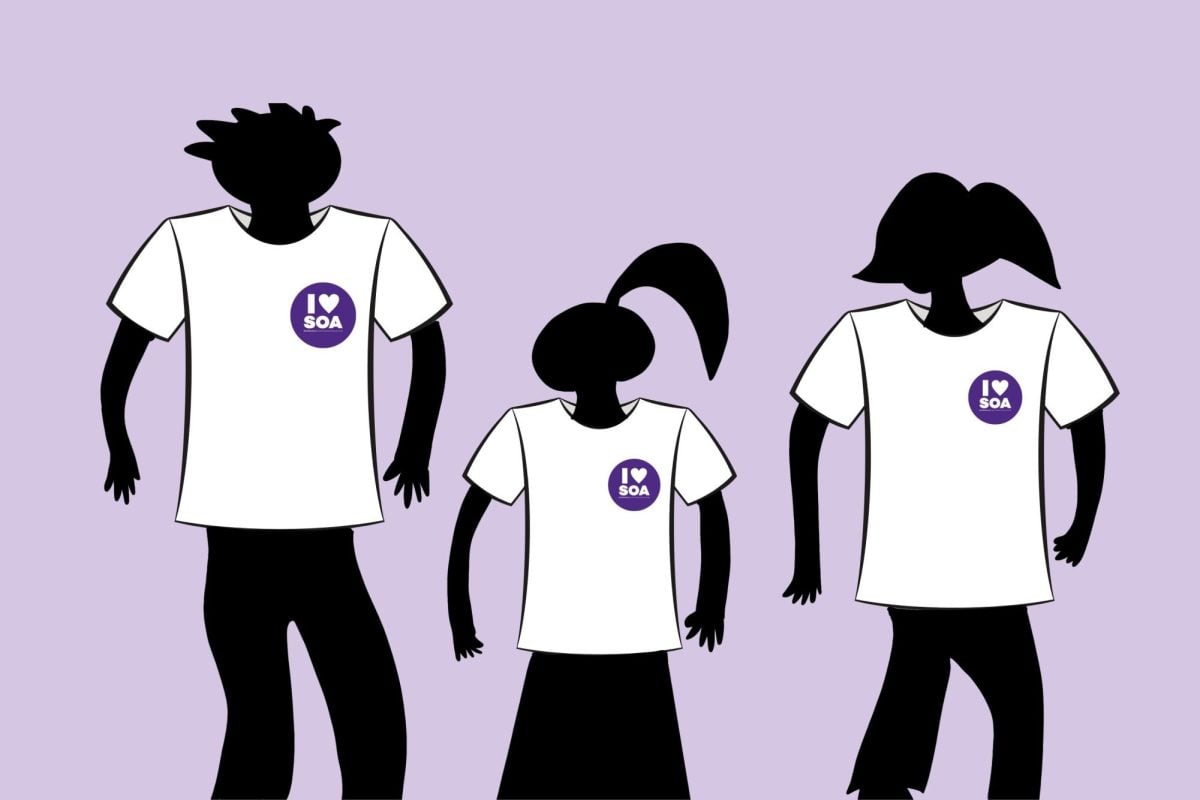Several Northwestern professors presented their research findings at the annual meeting of the American Association for the Advancement of Science in Boston during the weekend.
Anthropology Prof. William Leonard’s research findings were presented Friday as part of a symposium titled “The Scars of Human Evolution.” His study found that humans’ transition from prehistoric ways of life to their current sedentary lifestyle has incurred quickly-climbing energy imbalances on an evolutionary timescale, according to an article published Saturday on redorbit.com.
According to the article, the high metabolic activity required for the large brains of humans has caused them to develop unique consumption and activity characteristics.
“The evolution of larger hominid brain size necessitated the development of foraging strategies that both provided high quality foods and required larger ranges and activity budgets,” Leonard said in the article. “Over time, human subsistence strategies have become more efficient in obtaining energy with minimal time and effort. Today, populations of the industrialized world live in environments characterized by low levels of energy expenditure and abundant food supplies contributing to growing rates of obesity.”
Chemistry Prof. Chad Mirkin also spoke Friday, discussing his development of spherical nucleic acids in a talked titled “Nanostructures in Biology and Medicine.” Spherical nucleic acids could be used to carry therapies to the brain to treat glioblastoma, a form of brain cancer, as well as neurological diseases such as Parkinson’s or Alzheimer’s, according to an article published Saturday on azonano.com. The article said Mirkin is working with Feinberg Prof. Alexander Stegh to find treatments for these diseases.
“These structures are really quite spectacular and incredibly functional,” Mirkin said in the article. “People don’t typically think about DNA in spherical form, but this novel arrangement of nucleic acids imparts interesting chemical and physical properties that are very different from conventional nucleic acids.”
McCormick Prof. Dirk Brockmann presented Saturday his computational model using transportation information that may be able to help trace patterns of disease outbreak, according to an article published Saturday on medicalxpress.com.
Brockmann showcased the model in a presentation titled “Are Pandemics Predictable?” The model predicts the source of an outbreak and its arrival time in different locations using network theory and transportation data.
The model can generate this information for a disease outbreak using just the disease’s geographical location and number of occurrences.
“Spatial disease dynamics become far more straightforward when viewed from the right perspective using our technique,” Brockmann said in the article.
The annual meeting started Thursday and comes to a close Monday.


















